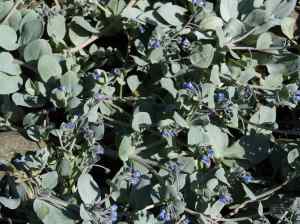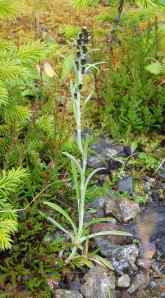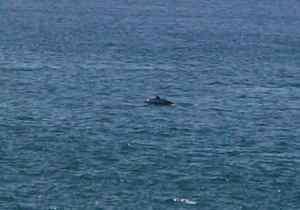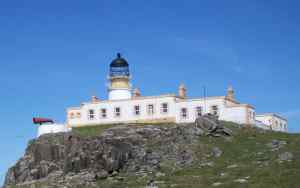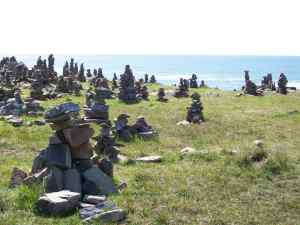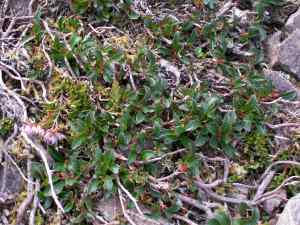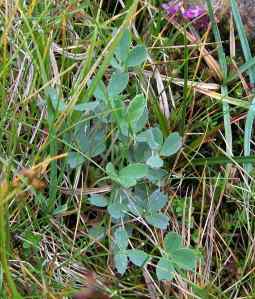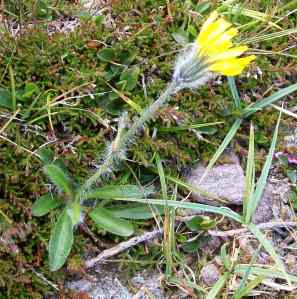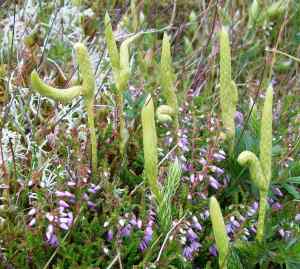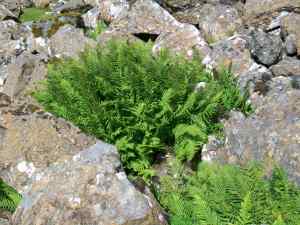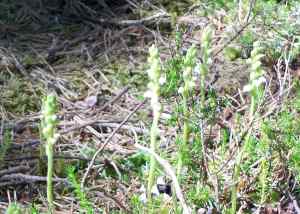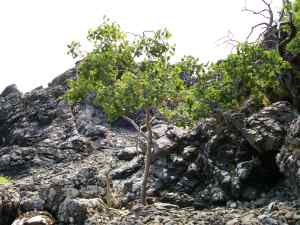The Hinnisdale River was the third Scottish site for Equisetum x trachyodon (E. hyemale x variegatum) (Mackay’s Horsetail) and this hybrid had not been recorded on Skye since 1996. Today I went to find it and did so with little problem at the first site I tried:
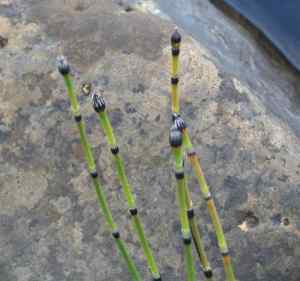
Equisetum x trachyodon on Skye
I saw it on Rum a few years ago but this is my first sighting on Skye.
I turned to tetrad-bashing down the river and along the coast to the north where there was lots of Salicornia (Glasswort):
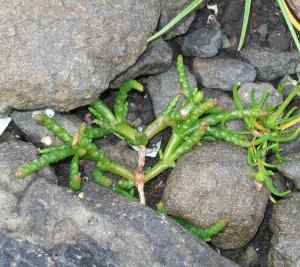
Salicornia. Anyone fancy identifying the species?
and Suaeda maritima (Annual Sea-blite):
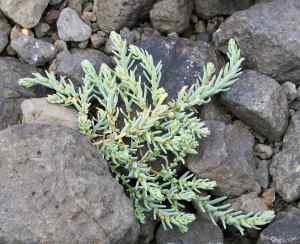
Suaeda maritima
plus Ligusticum scoticum (Scots Lovage) etc. I also spotted a good patch of Mentha avensis (Corn Mint) which is not common here.
